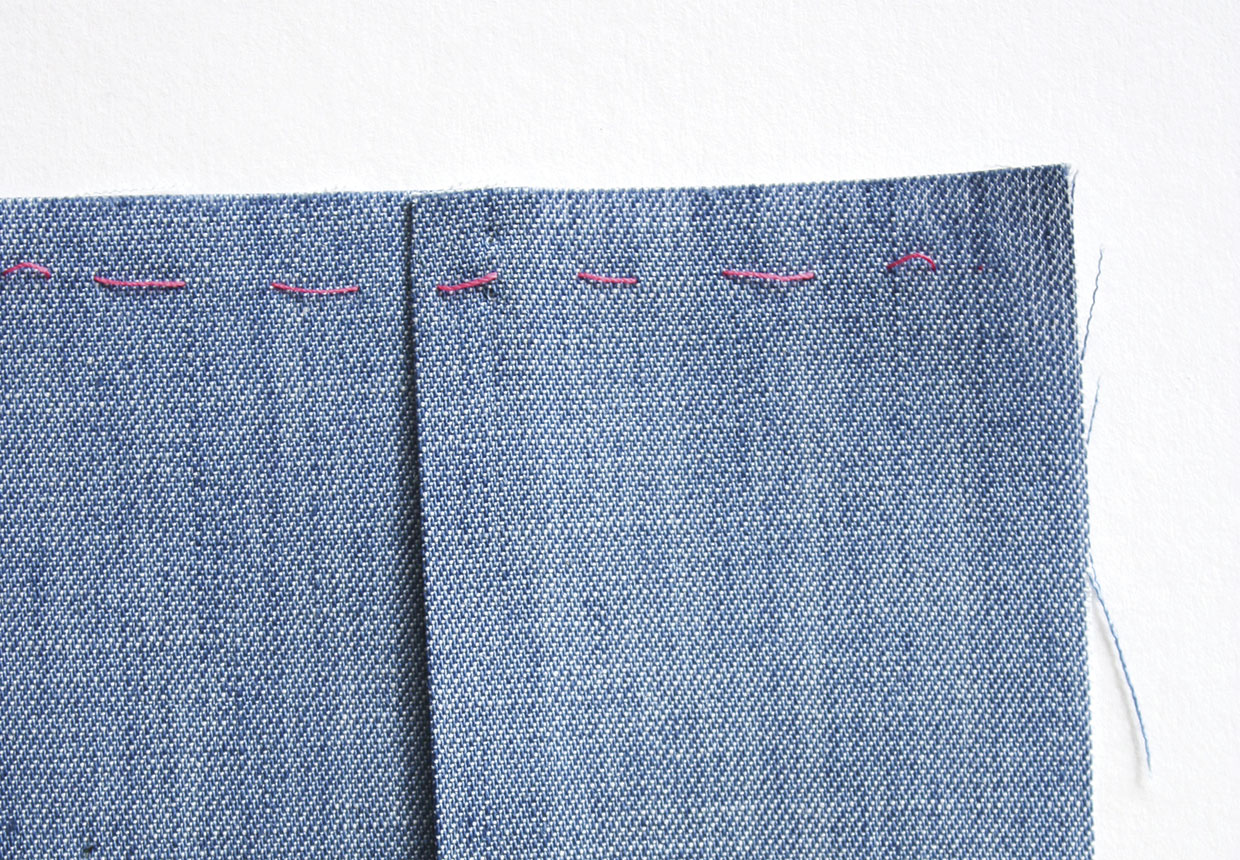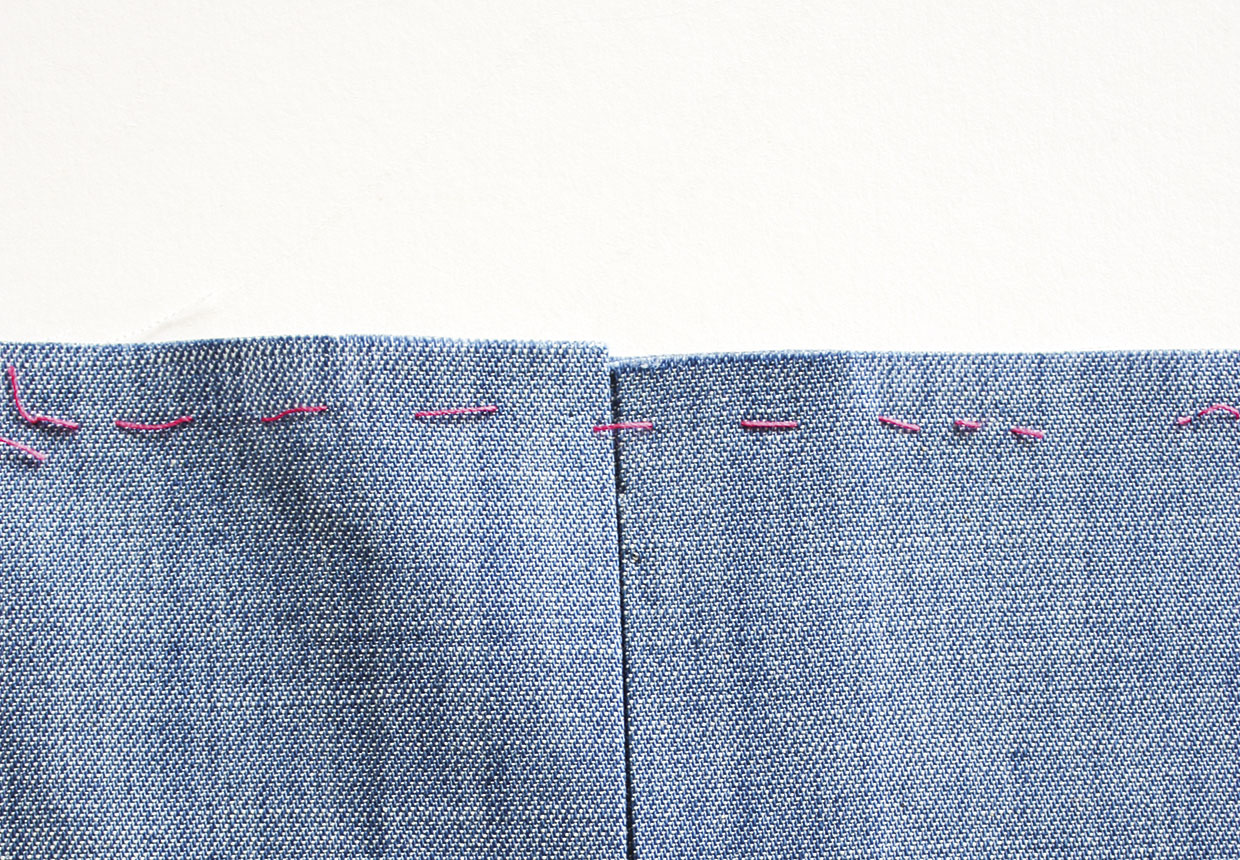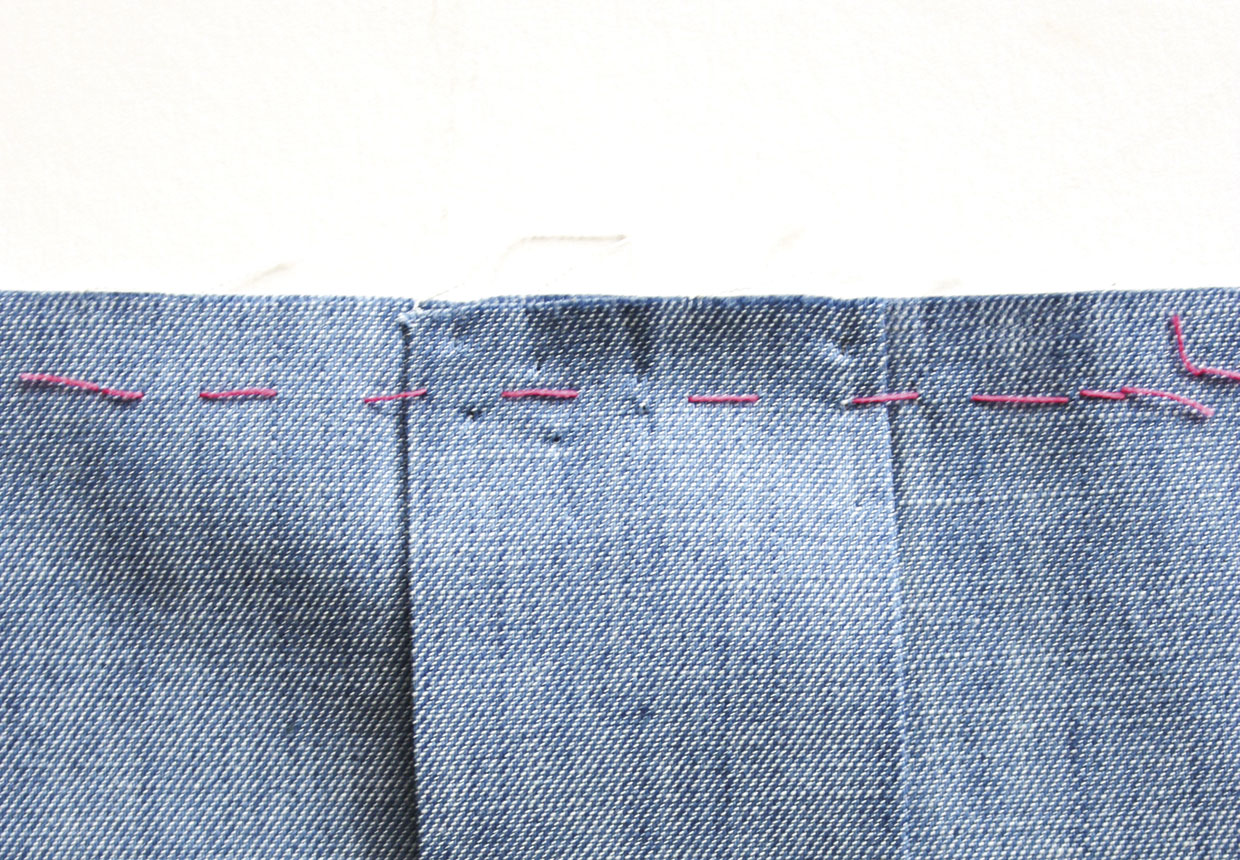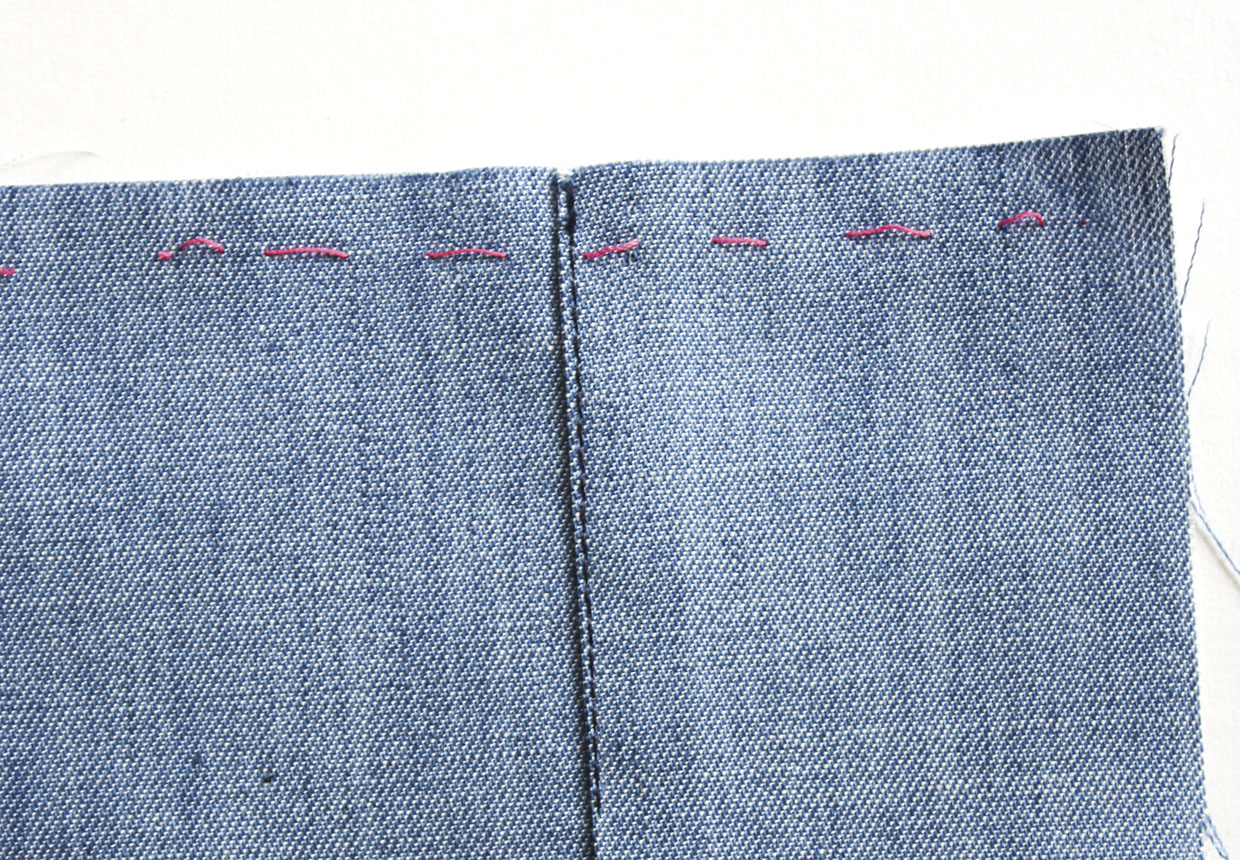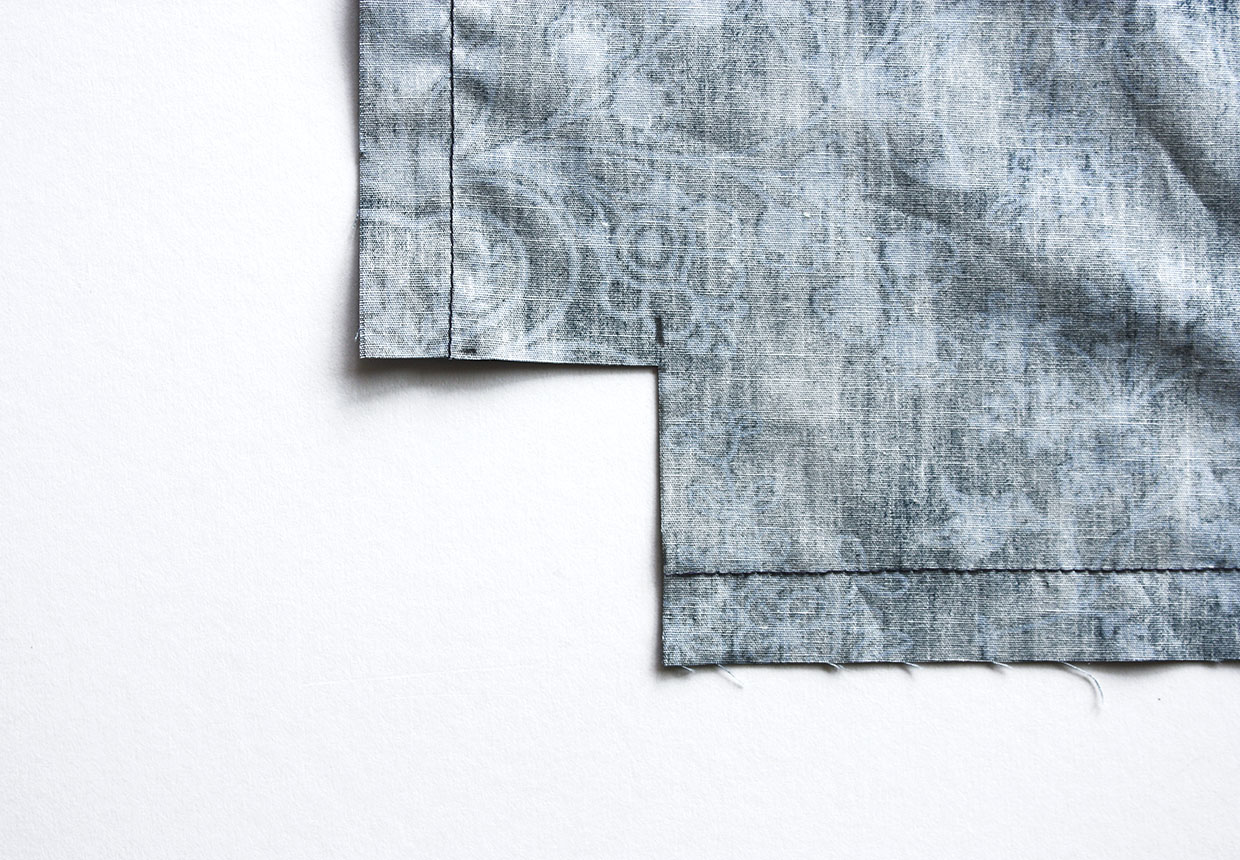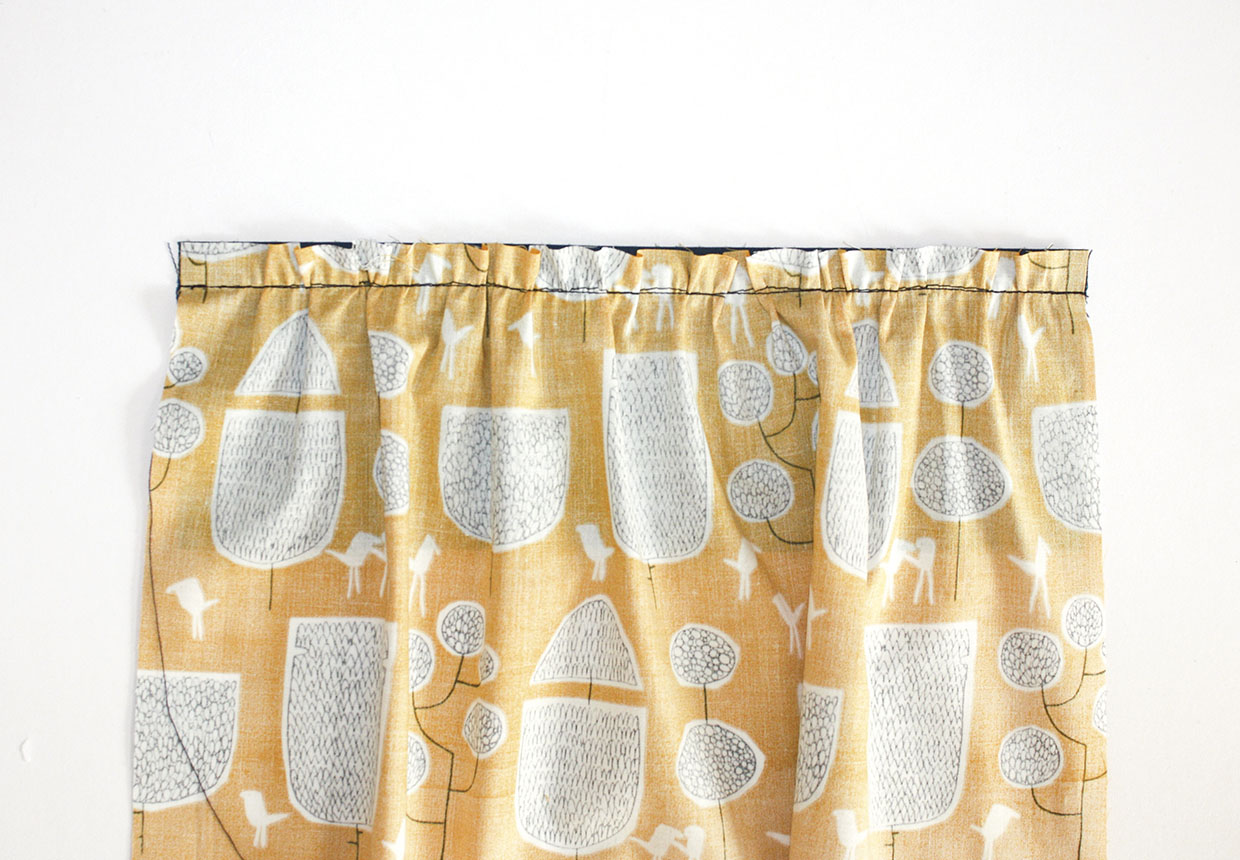Pleats are folds of fabric that can be made in different ways to add fullness. They are often used for fabric to be full in one area but fitted in another and can add shape and movement. Pleats are ideal for soft furnishings where you want to add a little fullness around the bottom of a chair cover, for example. They work really well when used as part of a bag construction as they add fullness as well as being a feature. Learning how to sew pleats is a really useful skill if you want to make your own clothes.
The key to accurate pleating is measuring very carefully and pinning and pressing as you go – but they’re well worth the effort. In this guide, we'll explain how to sew pleats and explain some basic techniques.
What fabric should you use to make pleats?
Some fabrics pleat better than others and the thickness of the fabric can be used to its advantage when pleating. Thinner fabrics pleat well and will add just a little fullness. Crisp cottons and linens will hold the shape of the pleat for more dimension. Slippery fabric such as silk and viscose won’t hold the shape of a pleat, so pleats will just add body.
Thicker fabrics don’t pleat as easily but add a lot of body. Consider all these qualities when choosing a fabric for your pleated project.
How should you mark your pleats?
When you’re pleating fabric, all pleats are marked in the same way. They all have an outer fold line, an inner fold line and a placement line. The outer fold line is placed on the placement line when the pleat is made. On pattern pieces you’ll often see the fold lines marked as dotted lines and the placement line as a solid one. Mark these lines onto your fabric either using tacking stitches or an erasable pen.
How to press pleats
If you want your pleats to be sharp and to hold their shape, then a good tip is to spray a cloth with half water and half white vinegar, then place this over your pleat and press.
What pleat should I use?
You can add a lot of shape with pleats – big pleats lay flatter and give a more structured look, whereas a number of small pleats are better for looser designs. Stitching just a few small pleats will add a little fullness where needed.
In this guide, we'll look at how to make pleats of all kinds, from box pleats to knife pleats. We'll also show you how to make a stylish pleated tote bag. Read on to learn how to make pleats…
This guide was originally featured in Simply Sewing Magazine.
